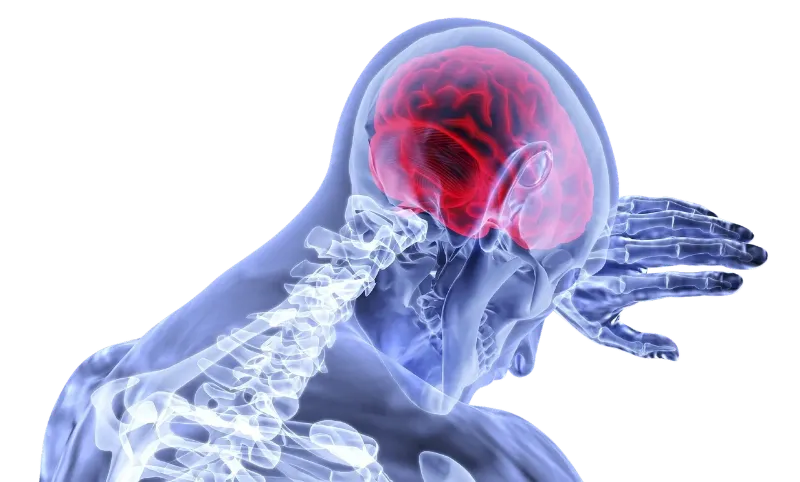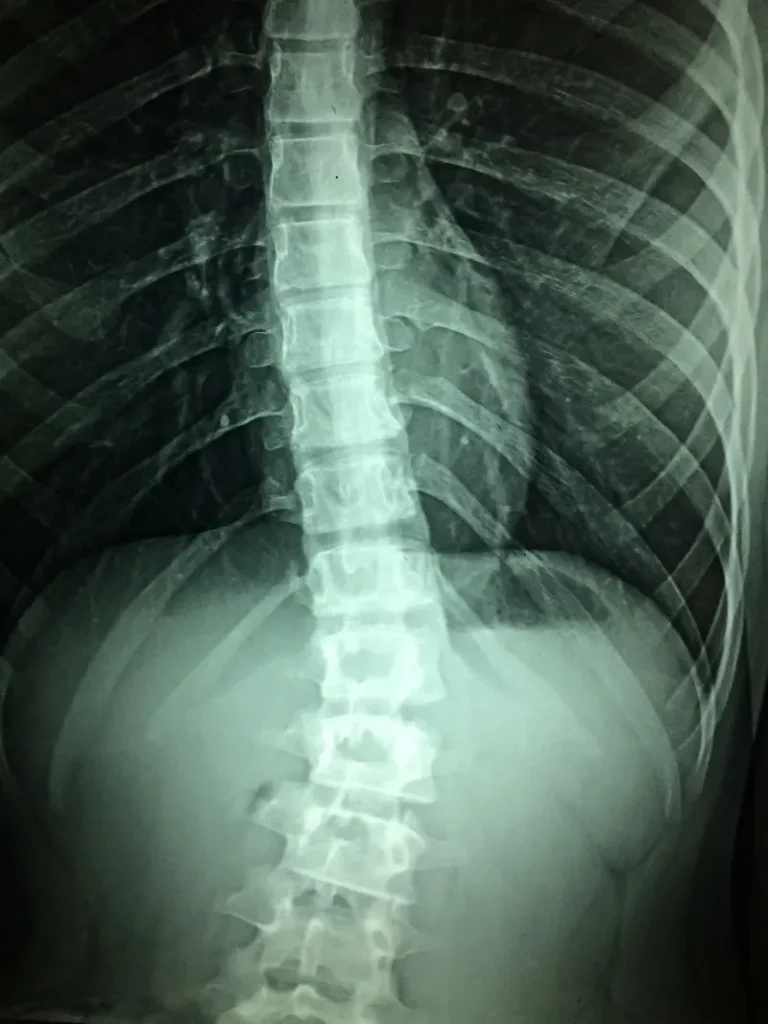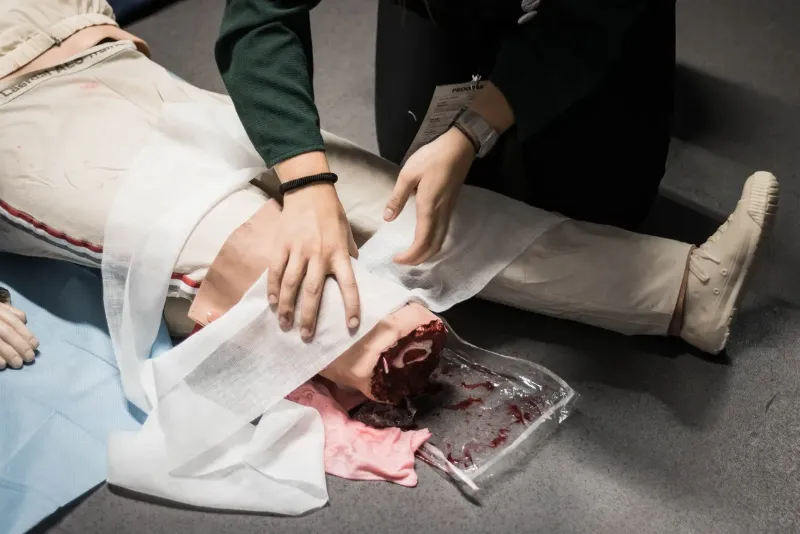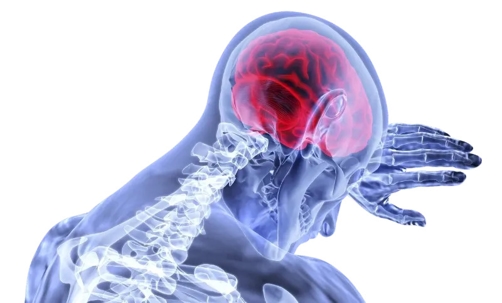The United State Code defines a catastrophic injury as an injury with “direct and proximate consequences” that “permanently prevent an individual from performing any gainful work.” A simpler definition of a catastrophic injury is an injury that changes your life, in one or more ways, that will never go back to the way it was before. Catastrophic injuries are life-changing, not only for the person suffering from this type of injury but also for those who care for and love the catastrophically injured person. Below is a discussion of some common catastrophic injuries, as well as some life changes, following catastrophic injuries, as well as the most common causes of catastrophic injuries.
1. Traumatic Brain Injury

Simply put, a traumatic brain injury is an injury to your brain, resulting in temporary to permanent brain damage. A traumatic brain injury can range from a concussion (which is a bruise to your brain), all the way to brain death. These types of injuries are caused when your brain slams against your skull, damaging the soft tissue of the brain. Traumatic brain injuries can cause temporary issues, like headaches, short-term memory loss, vision issues, etc., or long-term issues, like complete memory loss, loss of ability to speak, loss of self-control, blindness, and many other life-altering conditions. Treatment for traumatic brain injuries ranges from allowing the injury to heal on its own, because that is the only option, all the way to completely re-training the injured individual (brain therapy and physical therapy) when it comes to walking, talking, eating, using the bathroom, the most basic life functions. Sadly, some conditions following traumatic brain injury cannot be healed or repaired or reversed and the person suffering from the traumatic brain injury is forced to deal with the new conditions for the rest of their lives.
2. Spinal Cord Injury

A spinal cord injury is what it sounds like, an injury to your spinal cord, but a catastrophic spinal cord injury has more life-altering repercussions. A catastrophic spinal cord injury could result in partial or complete paralysis and it could also result in temporary or permanent paralysis. This means the catastrophically injured person could temporarily or permanently lose the ability to walk or use their hands/arms. A cervical paralysis (in the neck area) could cause the catastrophically injured person to lose the ability to breathe, so that if the paralysis is not cured, they would be forced to live on a ventilator, for the remainder of their lives. Another effect of lower spinal paralysis, that not many people are aware of, is loss of bowel and bladder control. Lastly, spinal cord injuries can lead to loss of the body’s natural blood pressure regulation tools, loss of the control of sweat glands (at or below the catastrophic spinal injury location), and lifelong pain. Treatment of catastrophic spinal cord injuries range from physical therapy to permanent admission to long-term care facilities, depending on the severity of the catastrophic spinal cord injury.
3. Loss of Limb

Loss of limb, or amputation, is a catastrophic injury that is life-changing. Amputations can range from loss of small appendages, like toes and fingers, or even smaller body parts, like an ear, all the way to loss of total limbs, from hip to toe on the lower body or from torso to fingers on the upper body. Loss of any body part, is obviously, a life-altering situation. Depending on the body part lost, the catastrophically injured person would need some type of re-training. A person who loses a body part is typically called an amputee. Amputees sometimes choose to wear prosthetics to replace the amputated body part, for functionality and to look more like everyone else, while other amputees choose to move forward with a new way of life, without the missing body part or any type of replacement. As with most other catastrophic injuries, those suffering from amputation, or loss of a limb, will require some type of physical therapy, with potential occupational therapy, as well. If the amputee chooses to have a prosthetic, part of the physical therapy is to learn how to use the prosthetic, to complete activities of daily living, like walking, going to the bathroom, driving a car, etc.
4. Common Causes of Catastrophic Injuries

According to neuroligicstudies.com, every nine seconds, someone in the United States sustains a brain injury. For children under five years old and senior citizens, the most common cause of traumatic brain injuries is falling and slamming their heads on the ground. A fall at a shopping mall or a daycare can lead to a life-changing result for our young and our old. Car wrecks are also a leading cause of traumatic brain injuries, because as the vehicles crash together, the occupant inside the vehicle is thrown around, and their brain is thrown around in their skull. Motorcycle wrecks are leading cause of both traumatic brain injury and spinal cord injuries. If a rider is not wearing a helmet, they are setting themselves up for potential, life-long brain damage. Also, as a car driver has an entire car to protect their body, motorcyclists only have the protective gear they may or may not choose to wear, along with their defensive driving skills, to protect their bodies. Loss of limb is seen most often in pedestrian v. auto accidents, and is also more common in motorcycle crashes, than car crashes. 18-wheeler crashes typically lead to more severe, potentially catastrophic injuries, just due to the sheer size of the 18-wheelers; 80,000 pounds of vehicle barreling into 4,000 pounds of car, due to sheer physics, can lead to more significant damage, to the occupants of the car.
As drivers, riders, pedestrians, and human beings, we are presented with dangerous situations, daily, just because we choose to step outside of our homes and live. With that being said, some dangerous situations can be avoided by just being alert and on the lookout for potential danger. Also, we can help our fellow humans by being aware and on the lookout for them as well. If we look out for ourselves and others, we can all do our part to lessen the numbers of those forced to live with catastrophic injuries, so remember…Stay safe!

